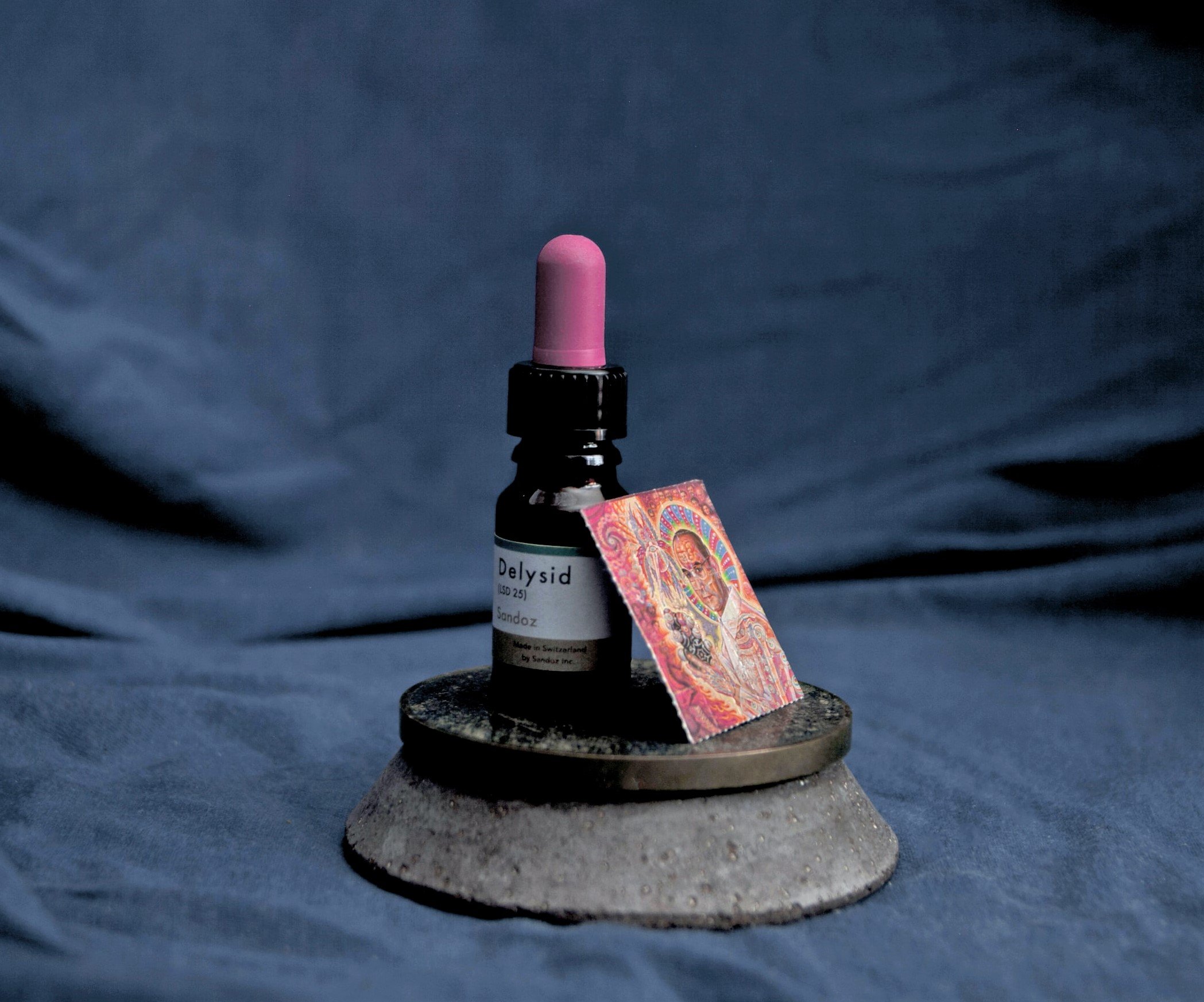Psychedelic Versus Psycholytic Therapy
Written by Justin Belko
With the Psychedelic Renaissance in full swing, mainstream and alternative media alike are abuzz with stories covering the many benefits and healing properties of psychedelic medicine. Tangible excitement and energy surround the psychedelic space with more positive coverage seen in the last few years than in decades prior. Yet amidst all this excitement, media and news outlets frequently confuse psychedelic treatment techniques, or simply lump them all together.
Nuanced Techniques
While most headlines refer to all treatment techniques that utilize psychedelics as “psychedelic therapy”, there are actually two main techniques: psychedelic therapy, also known as psychedelic-assisted psychotherapy, and psycholytic therapy. Psycholytic therapy involves taking low to moderate doses of psychedelic compounds over multiple sessions to augment and enhance mainstream treatment methods like talk therapy, group therapy, and art therapy [8]. Whereas psychedelic therapy utilizes moderate to large doses of psychedelics during a single session, putting the focal point on the psychedelic journey and its profound effects. Psycholytic and psychedelic therapy both seek to treat mental illness but have different approaches to doing so [8].
Psycholytic Therapy
Psycholytic, meaning soul dissolving, was a term first used by British psychiatrist Dr. Ronald Sandison [5,10]. Sandison was the first person to bring LSD to England and used it to treat his patients [10]. He regarded LSD to be a powerful tool to aid in psychoanalysis, allowing a patient easier access to their subconscious mind. Believing the therapeutic value of LSD lay in its ability to enhance the treatment methods of a trained clinician, Sandison’s psycholytic therapy involved repeated LSD treatment sessions, with the dose gradually increased each session until an ideal dosage was found. These LSD treatment sessions were administered alongside traditional therapy sessions, as the primary focus of psycholytic treatment was the therapy work itself and not the psychoactive experience.
Clinicians hoped this approach would allow patients to slowly confront issues and trauma in their subconscious alongside a therapist, allowing for a guided resolution to their ailment.
From 1952 to the mid-1960s clinicians, like Sandison and Handscarl Leurner treated thousands of patients with depression and other mental ailments [1,6,9]. By the late 60s, cultural and legal attitudes surrounding psychedelics had changed significantly. In the US and many other countries, psychedelic compounds were made illegal, halting their use in clinical treatment and research studies.
Psychedelic Therapy
During the very same time period (1950s) when psycholytic therapy was developing, across the Atlantic in America, clinicians were developing what would later be known as psychedelic therapy.
Dr. Humphrey Osmond first coined the term psychedelic in 1957 from the words “psyche” meaning soul and “deloun” meaning to show, using this new word to describe the LSD experience during a presentation to the New York Academy of Sciences. This new term was a perfect fit for the developing therapy style pioneered by Dr. Osmond himself, psychiatrist Abram Hoffer, and Dr. Alfred Hubbard, drawing inspiration from Aldous Huxley’s documentation of the mescaline experience and the mystical encounters that came with it [3].
The goal of the therapy technique was to take large doses of a psychedelic to induce a mystical experience that may provide great insight and aid in behavior change. In this state, patients would lie down and listen to nonvocal music, being left to quietly deliberate on their problematic behaviors and habits. Clinicians would only speak with a patient, before the experience to brief them and after to aid in integration, or during the session in the event of an emergency. Psychedelic therapy was used extensively and to great effect in populations with Alcohol use disorder and various ailments such as depression and anxiety that were known at the time as emotional disorders [2].
Despite psychedelic therapies’ great potential as a tool for facilitating healing and self-improvement its application rapidly declines in 1962, when the FDA is given jurisdiction over experimental drugs and treatment. By the late 1960s, the application of psychedelics in clinical treatment and even research had been halted.
Since then, organizations like the Multidisciplinary Association for Psychedelic Studies (MAPS), as well as underground practitioners, and communities have acted as educators and advocates for psychedelics. They ensured that the western world never forgot the healing potential of psychedelic medicines even through the highly prohibitionist 70s, 80s, and 90s.
Psychedelics In Therapy Today
Slowly cultural stigma and legal framework has begun to change, and psychedelic research and treatment once again return to the forefront of science and culture. This momentum makes it increasingly important to understand the history of psychedelic medicine and the nuances between various treatment methods. By understanding these details, one can properly represent psychedelics and advocate for their use. Without an understanding of where psychedelics have been and their previous pitfalls, we risk repeating needless and senseless errors of the past.
References
Abramson, H. A. (1967). The use of LSD in psychotherapy and alcoholism. Indianapolis, Bobbs-Merrill.
Bernard Seymour Aaronson, & Humphry Osmond. (1971). Psychedelics : the uses and implications of hallucinogenic drugs. Hogarth Press.
Fahey, T. B. (1991, November). The Original Captain Trips. High Times.
Hofmann, A. (2019). LSD, my problem child ; and, Insights/outlooks. Beckley Foundation.
McLaughlin, S. C., & Grof, S. (1976). Realms of the Human Unconscious: Observations from LSD Research. Journal for the Scientific Study of Religion, 15(4), 376. https://doi.org/10.2307/1385643
Melechi, A. (1997). Psychedelia Britannica : hallocinogenic drugs in Britain. London Turnaround.
Osmond, H. (1957). A review of the clinical effects of psychotomimetic agents. Annals of the New York Academy of Sciences, 66(3), 418–434. https://doi.org/10.1111/j.1749-6632.1957.tb40738.x
Pahnke, W. N. (1970). The Experimental Use of Psychedelic (LSD) Psychotherapy. JAMA: The Journal of the American Medical Association, 212(11), 1856. https://doi.org/10.1001/jama.1970.03170240060010
Roberts, A. (2008). Albion dreaming : a popular history of LSD in Britain. Marshall Cavendish.
Sandison, R. A., Spencer, A. M., & Whitelaw, J. D. A. (1954). The Therapeutic Value of Lysergic Acid Diethylamide in Mental Illness. Journal of Mental Science, 100(419), 491–507. https://doi.org/10.1192/bjp.100.419.491



